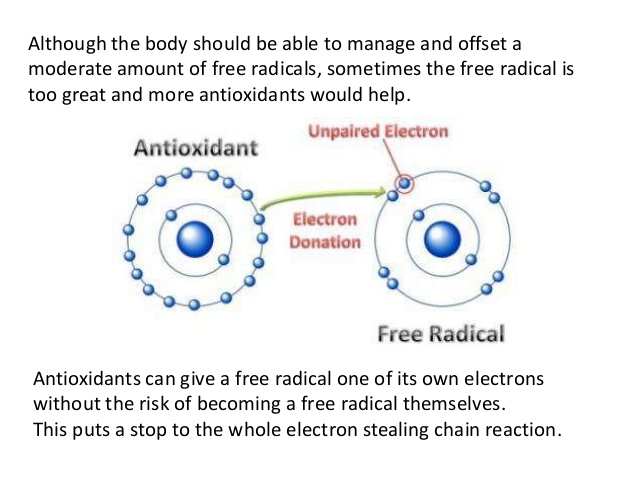
1. Dark Chocolate. Eating dark chocolate is a “fun way to get antioxidants.” According to the results of a study conducted at Cornell University, the concentration of cancer-fighting antioxidants in hot cocoa was significantly higher than in red wine, green tea, or black tea.
2. Artichokes. This tasty veggie has a long history of healing properties and is a great source of dietary fiber, minerals, and antioxidants. They are especially rich in the antioxidant known as chlorogenic acid, which may reduce the risk of certain cancers, type 2 diabetes, and heart disease.
3. Beets. These veggies are a great source of fiber, potassium, iron, folate, and antioxidants. Several test-tube studies have shown that beets lower the risk of certain cancers in the colon and digestive tract thanks to a group of antioxidant compounds called betalains. Betalains have also been linked to reducing inflammation and relieving arthritis pain.
4. Pecans. Nuts are a good source of healthy fats and minerals, and also contain a high amount of antioxidants, says Mirkin. One study found that people who consumed 20 percent of their total calories from pecans experienced significantly increased blood antioxidant levels.
5. Spinach. This nutritionally dense but very low calorie vegetable is loaded with vitamins, minerals, and antioxidants. It’s a great source of lutein and zeaxanthin, two antioxidants that help protect your eyes from UV damage.
6. Tomatoes. The health benefits of tomatoes include eye care, good stomach health, and reduced blood pressure. This popular fruit, often mistaken for a veggie, also includes a number of antioxidants that have been proven to fight different forms of cancer, according to the Harvard T.H. Chan School of Public Health. Tomatoes contain lycopene, an antioxidant that is highly effective in fighting cancer-causing free radicals. Remarkably, the health benefits even can be obtained from processed tomato products like ketchup.
7. Beans. These legumes are inexpensive and healthy while being incredibly rich in fiber, says Mirkin. They are also one of the best plant sources of antioxidants. One of these is called kaempferol, which has been linked to anti-cancer benefits.
8. Kale. This hearty green vegetable is one of the most nutritious in the plant world, says Mirkin. It’s rich in vitamins A, K, and C as well as antioxidants. The red-leafed variety of kale contains higher levels of these antioxidants, which is why nutrition experts advise us to eat a rainbow diet — foods rich in a variety of colors.
9. Strawberries. These are among the most popular berries on the planet. They also contain anthocyanins, which help reduce the risk of heart disease. The brighter the red, the higher the amount of anthocyanins.
10. Blueberries. While eating large amounts of sugary fruit is not recommended for those with diabetes, blueberries are low in calories and sugar but packed with antioxidants. Animal studies have shown that blueberries may stave off cognitive decline. In addition, the anthocyanins in blueberries have been shown to reduce the risk of heart disease by lowering LDL cholesterol levels and blood pressure.

You must be logged in to post a comment.